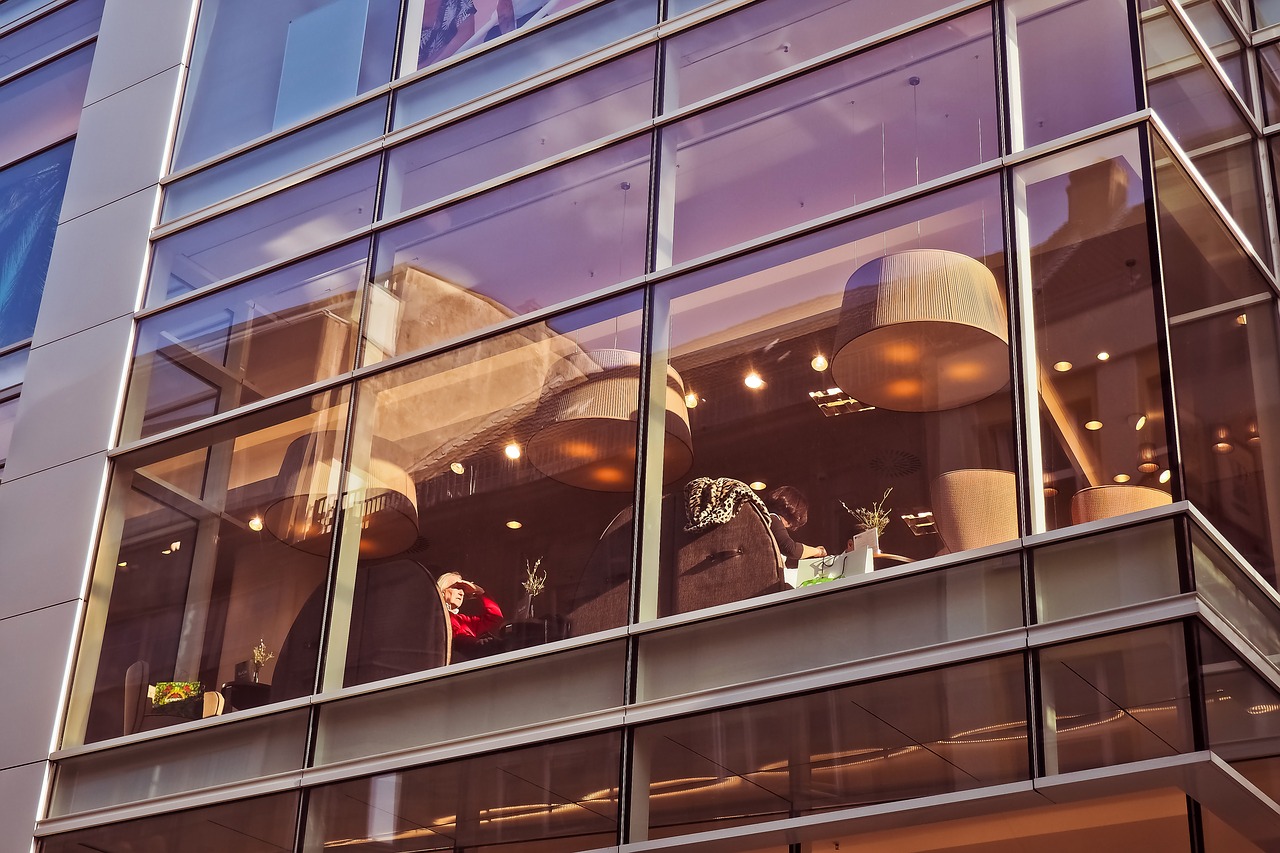
12 Apr Integrative Space™ Can Blend with Science
In this age of technology and science which can measure and analyze almost anything, how is it the built environment has not been prioritized as a potential study in terms of its effectiveness?
Buildings are being designed with plenty of pre-construction studies to maximize benefits (great view, proximity to roads, the latest colors), but what about a post-design, post-built study?
What about discovering how people are doing after they have had a chance to occupy and use the space?
What if, after all the initial analysis, the occupants are not doing well, are not productive, are not healing, are not happy?
This investigation could support on-going questions about the value of creating an Integrative Space™ which, sadly, I run up against regularly: Will an Integrative Space really work? Will it pay off? Does it really matter? We could find out if a space built with intention, balance and harmony really does make a difference.
In the latest post from Terrapin Bright Green, Dakota Walker discusses the measurement issue in A Bottom-up Approach to Better Buildings supporting building-user engagement.
It’s possible that a unique and dramatic architectural structure may still leave people with the feeling that something’s “off” or not quite right.
Sometimes an occupant won’t even realize they’re being stressed by their surroundings. Or they make light of their discomfort, not wanting to disturb status quo, and so the space becomes “good enough.”
According to Walker, we already have the means to measure whether a building is supporting its occupants or not. Biometric technology includes “heart monitors, EEG headsets, fMRI machines, facial coding software, galvanic skin response and eye-tracking technology . . .” all able to track whether someone is reacting positively or negatively to their environment.
Such measurement capabilities are not easily integrated into a post-construction analysis at this stage. I also wonder about the capacity to differentiate between personal preference or aversion as opposed to general opinion—not everyone’s going to relate to a space in the same way.
But I am hopeful that in the near future when a patient needs to heal or an employee needs to be productive, they will be able to gain insight into how to improve the situation. And, be then, there might even be an app for that.
